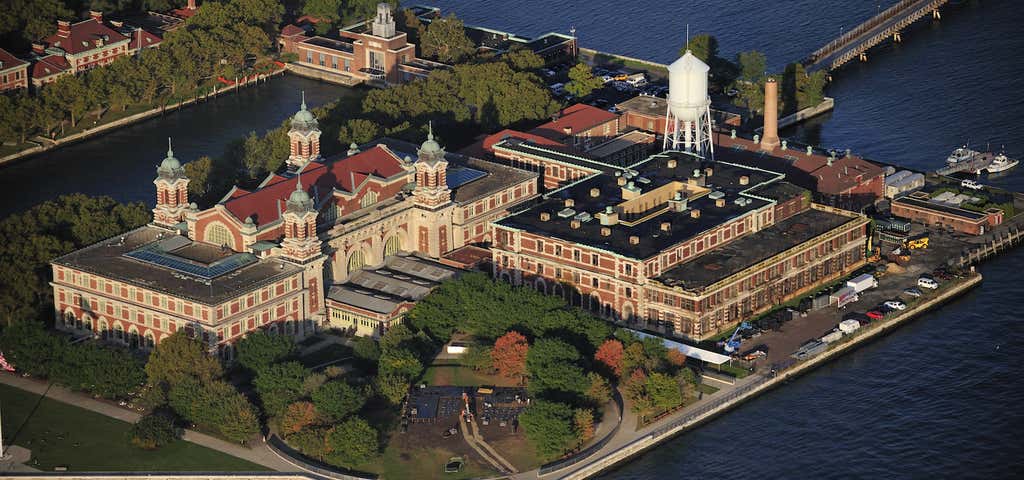Iconic Attraction
Our Take
The beautifully-restored main building is worthy of a few hours of exploration (the Registry Room with a soaring Guastavino-tiled ceiling is a must-see), but if you have time, take a hard hat tour of the lesser-known hospital complex located on the island’s south side. Closed in 1954, the buildings sat abandoned for 60 years before opening again for tours in their unrestored, crumbling state. The buildings themselves are enough of a draw, but they also serve as the perfect backdrop for an arresting art installation by French artist JR, featuring large-scale photographs from the island’s fascinating history.






/-74.03976646456584,40.698928575230354,14/300x172@2x?access_token=pk.eyJ1Ijoicm9hZHRyaXBwZXJzIiwiYSI6ImNsdjQ5N2VtZDA2bW8ycW13ZHAxeGhjbjkifQ.UIccpoAxc7g3BAuK4s9vjg)